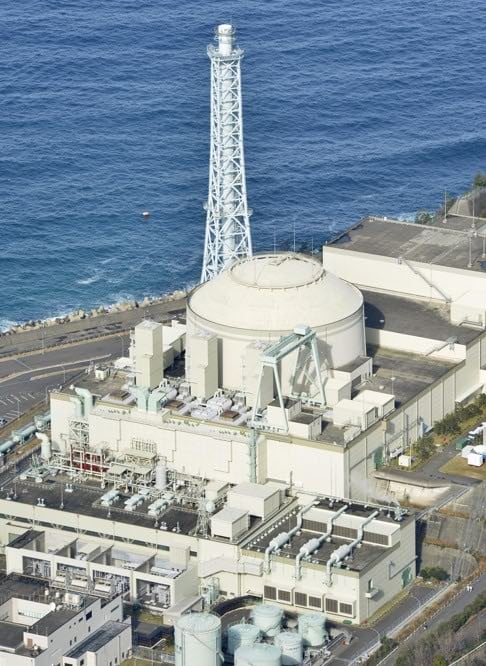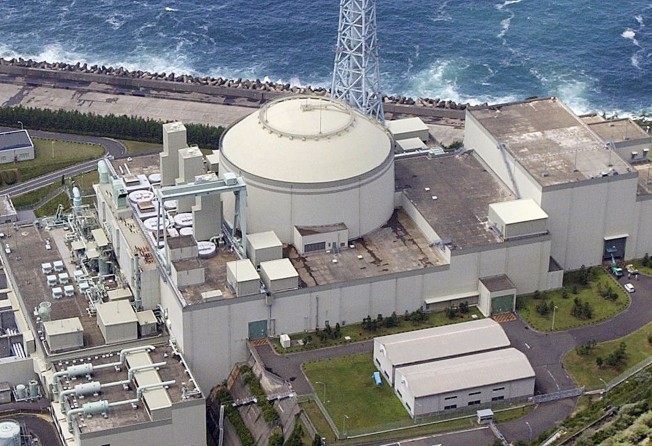
Monju: the other Japanese nuclear reactor disaster

The cost of decommissioning a nuclear reactor that was once seen as the crown jewel in Japan’s atomic energy programme has been put at an eye-watering 300 billion yen (HK$20.5 billion).
That estimate for shutting down the Monju power plant was drawn up by the Japan Atomic Energy Agency in 2012, a year after the accident at the Fukushima Daiichi nuclear plant, but has only now been revealed by the Mainichi newspaper.
The fate of Monju – which means wisdom in Japanese – has been up in the air since long before the Fukushima crisis due to a series of accidents at the plant, with many in the industry and the government tacitly accepting that it will never again be put into operation.
The expected cost is “an uncertain figure estimated in the past” based on a variety of conditions, Education, Culture, Sports, Science and Technology Minister Hiroshi Hase said at a press conference. There is no plan to ask the reactor operator to provide a new estimate, he added.
The experimental reactor uses plutonium fuel instead of conventional uranium and produces radioactive matter that can be reused as fuel. The multi-billion yen project was first proposed in the late 1960s as an antidote to Japan’s reliance on imported energy to feed its industries.
A key part of Japan’s nuclear energy programme, it was initially started in August 1995, but was shut down only four months later after a serious accident.
More than one tonne of liquid sodium leaked from a cooling system and although there were no injuries and no radioactivity escaped into the atmosphere, the accident was compounded by the operators of the plant attempting to cover up the scale of the damage.

Opponents say that fast breeder nuclear generation is expensive and unsafe because it relies on plutonium, pointing out that the US, Britain, France and Germany have all halted their own fast breeder projects for those very reasons.
Restarted in May 2010 – 14 years and five months after it was shut down – the operators insisted that a thorough review of the design of the plant, as well as safety procedures, mean the facility posed no threat.
Three months later, a 3.3-tonne crane unit fell into the reactor vessel during a scheduled fuel replacement procedure. It was finally recovered in June 2011, three months after the Fukushima disaster and the government had ordered the immediate shutdown of all of Japan’s nuclear energy plants and a complete review of operational safety.
The vast majority of Japan’s 52 reactors remain mothballed, with many unlikely to ever restart and requiring decommissioning. Before Fukushima, Japan had never decommissioned a nuclear plant and simply extended the operational lives of its plants.
No final decision has been made on Monju – which has cost one trillion yen to date and would require a further 100 billion yen in repairs and maintenance costs to prepare it to resume operations.
“The very fact that they have come up with this figure for the cost of decommissioning Monju suggests to me that they are preparing to formally give up on the project,” said Jun Okumura, a visiting scholar at the Meiji Institute for Global Affairs.
“They are just keeping it alive now because they don’t know what to do with the thing,” he told the South China Morning Post.
“The choices are both expensive but it would be more costly to throw more money at it without the likelihood that it will ever work again,” he said.
“The big problem for the government and the utilities companies now will be figuring out what to do with all that plutonium,” he said. “And, beyond that, where this leaves Japan’s nuclear energy policies.”
Additional reporting by Kyodo